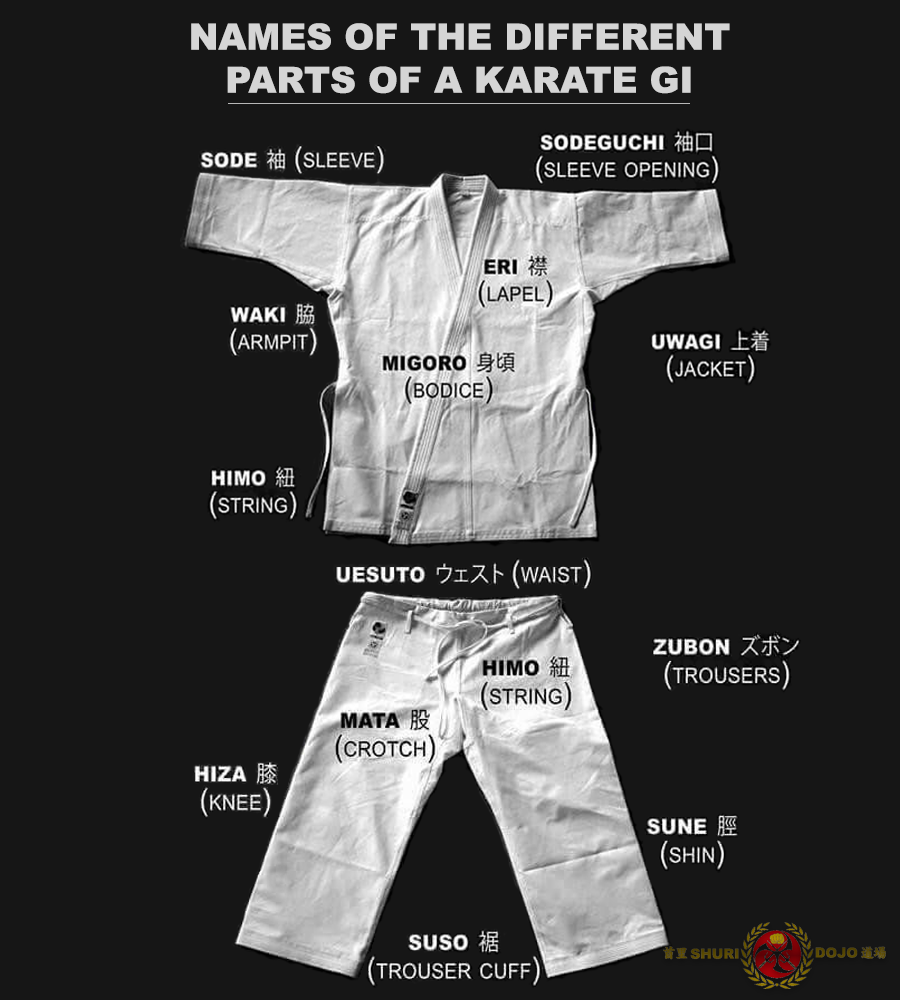
Keikogi (稽古着), or dogi (道着), is a uniform for training in Japanese martial arts and their derivatives. (Keiko means practice, gi means dress or clothes.) The prototype for the modern keikogi emerged in the late 19th century.
The keikogi was developed by judo founder Kano Jigoro. Japanese martial arts historian Dave Lowry speculates Kano derived the uniform’s design from the uniforms of Japanese firefighters’ heavy hemp jackets, hanten (半纏).
By 1920, the keikogi as it exists today was worn by Kano’s students for judo practice. The Kodokan (judo headquarters) has a photo taken in 1920 that shows Kano wearing a modern keikogi.
Until the 1920s, Okinawan karate practice was usually performed in everyday clothes. Given the social climate between the Japanese and Okinawans during this time, karate was seen as brutish compared to Japanese martial arts which had their roots in samurai culture, such as jujutsu. To help market karate to the Japanese, Gichin Funakoshi—the founder of Shotokan karate and the instructor responsible for importing karate to mainland Japan—adopted a uniform style similar to Kano’s design.
Over time, Karate practitioners modified the keikogi for karate by lightening the weave of the fabric and adding strings to the inside of the jacket that are tied to keep the jacket neatly closed. The jacket is also held closed by the belt or obi.
The jacket of the keikogi is called the uwagi (上着 uwa means “upper”). The pants of the keikogi are called shitabaki (下穿き), which literally means underpants (or zubon (ズボン), which means pants or trousers).
In modern times, white, black, blue and indigo are the most common colors of keikogi. In competitive judo, one contestant wears a white uniform and his or her opponent wears a blue one. However, traditionally, the keikogi was white.
In English, the keikogi is almost always referred to simply as a ‘Gi’, which would be an incorrect use of the word in Japanese, but is well understood in context. Often keiko is replaced with the name of the martial art being practiced; ie karategi.
The alternate term keikoi (稽古衣), meaning training clothes, is also used in Japanese.
But importantly alway remember to wash your keikogi. No one wants a stinky Gi. ??
? Photo credit: Seishin International – References: Dave Lowry “In the Dojo”
